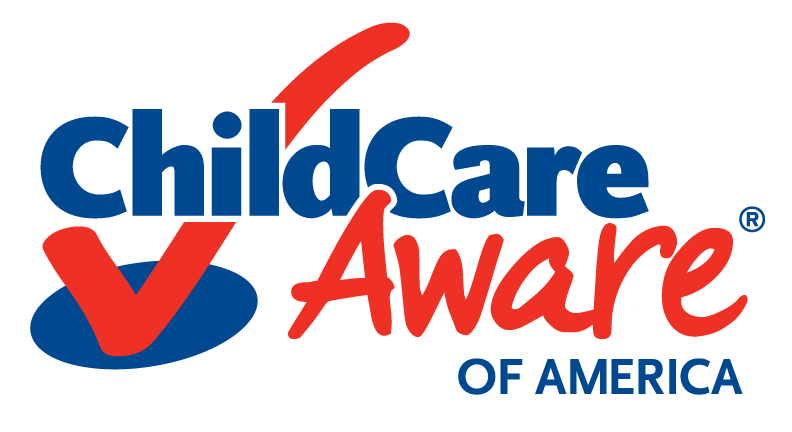Child Care Quality Ratings
What is a Quality Rating and Improvement System (QRIS)?
QRIS is a general term used to describe a system that helps parents understand the level of quality in child care, preschool, and school-age care programs. QRIS was designed to help parents compare different programs by using the same set of standards. It also helps child care providers improve and communicate their quality to parents.
If your state has a QRIS, it is probably called by a different name. Check out our State by State Resource Map to learn more about your state’s specific program.
-
Does my state have a QRIS?

Not all states have a QRIS, but many do. In some states, the QRIS is regionally-based. To find out if your state or region has a QRIS, click on our State by State Resource Map. -
How does it work?

QRIS is similar to rating systems for restaurants and hotels. Programs earn their ratings in different ways depending on the state. Higher ratings mean more quality standards have been achieved in a program. To learn more about how your state’s QRIS system works, contact your local Child Care Resource and Referral agency. -
Who rates child care programs?

A child care program earns its QRIS rating in different ways, depending on which state you live in. In some states, programs submit paperwork to be reviewed by quality consultants, and in other states, trained observers rate the program on a set of quality standards. Check with your local Child Care Resource and Referral agency to find out who rates child care providers on the QRIS in your state. -
What standards does QRIS address?

Each QRIS uses slightly different standards. Overall, most QRIS requires programs to have a child care license as a minimum standard. Other standards that are common among QRIS address health and safety, curriculum, the learning environment, family engagement, and provider qualifications. Some states may also have specific infant/toddler standards.
-
Are all child care programs rated?

Not all child care programs are rated. In some states, child care programs have to be on the QRIS if they are licensed or if they accept child care vouchers. In other states, it is voluntary for providers. To find out more about your state’s QRIS, visit our State by State Resource Map
-
Does the QRIS take the place of licensing?

QRIS does not take the place of a child care license. A child care license shows that providers have met basic health and safety requirements. QRIS is a way of measuring quality beyond health and safety requirements. Because licensing requirements and QRIS standards vary from state to state, it is a good idea to confirm a child care provider’s license and review inspection reports even if they participate in a QRIS.
-
Does the QRIS take the place of National Accreditation?

A program that is on the QRIS may or may not be nationally accredited. In some states, national accreditation is built into the QRIS standards. It is still important to ask providers if they have earned national accreditation. The National Association for the Education of Young Children (NAEYC) and the National Association for Family Child Care (NAFCC) are the two largest organizations that accredit child care programs.










